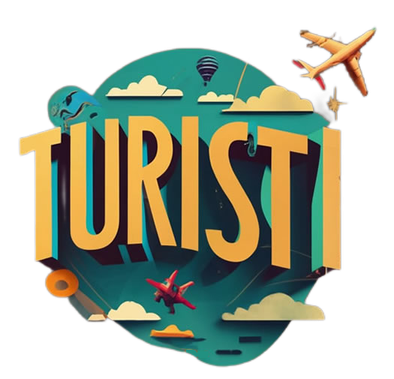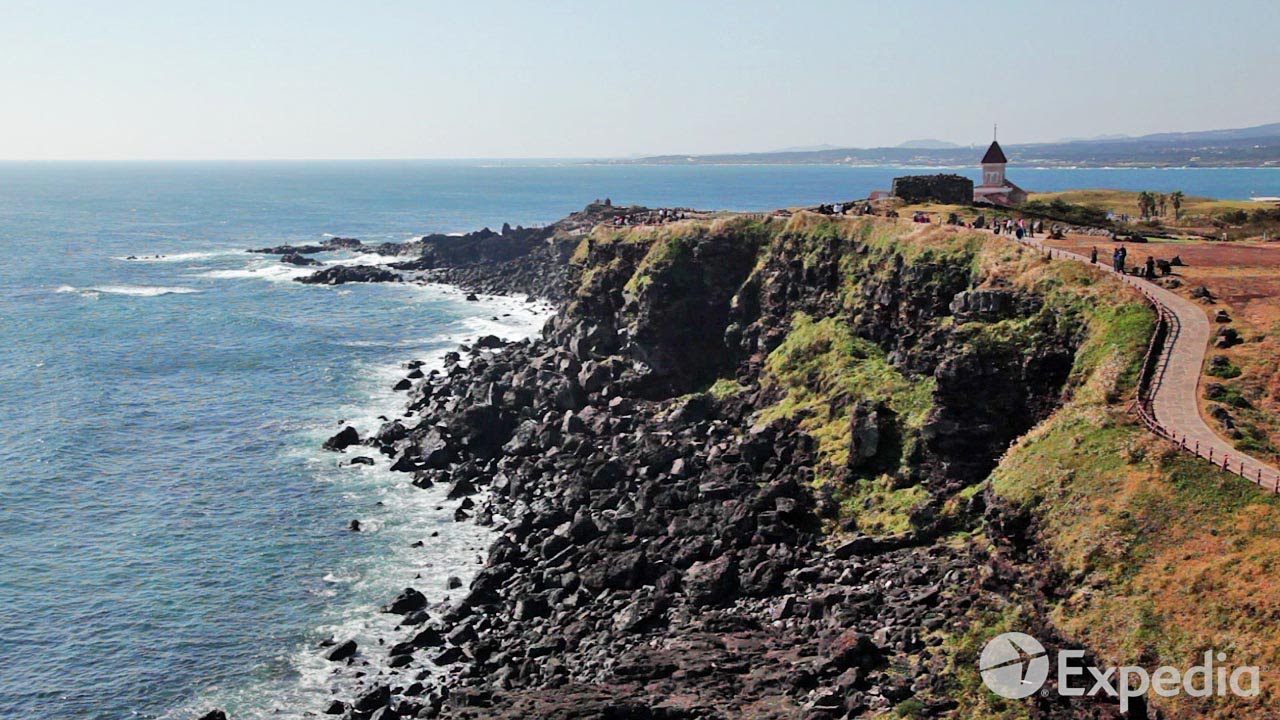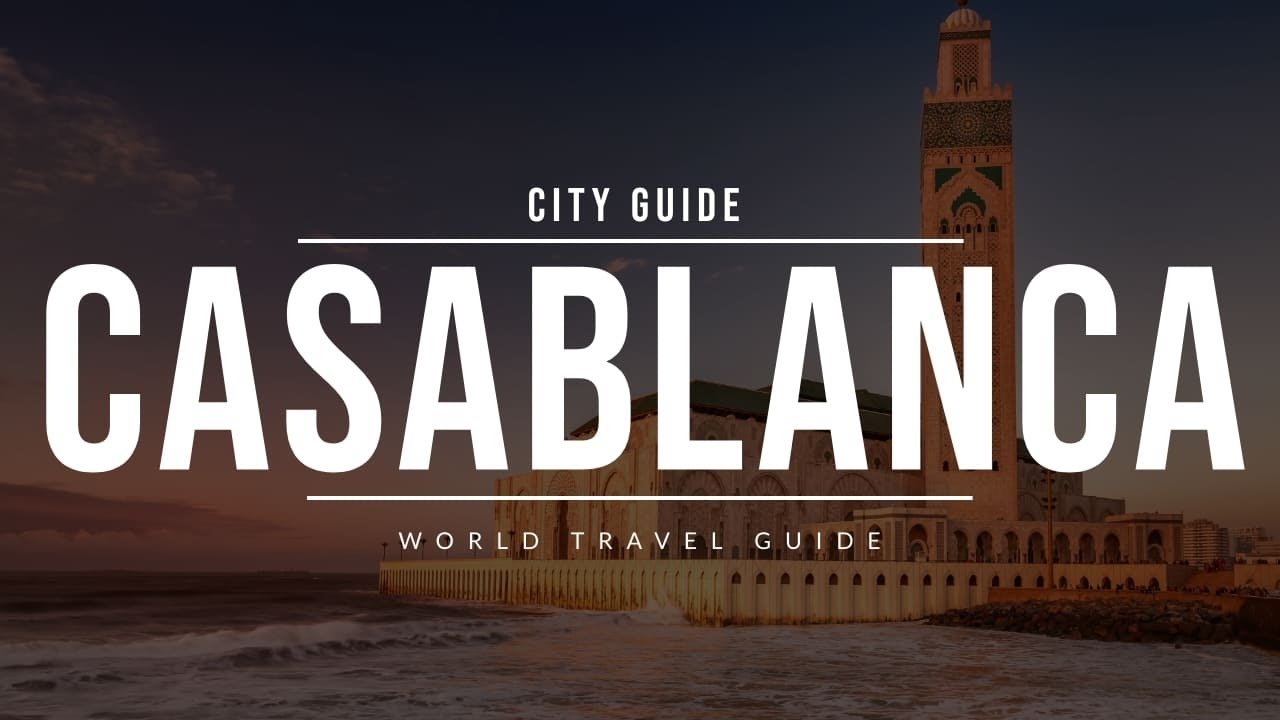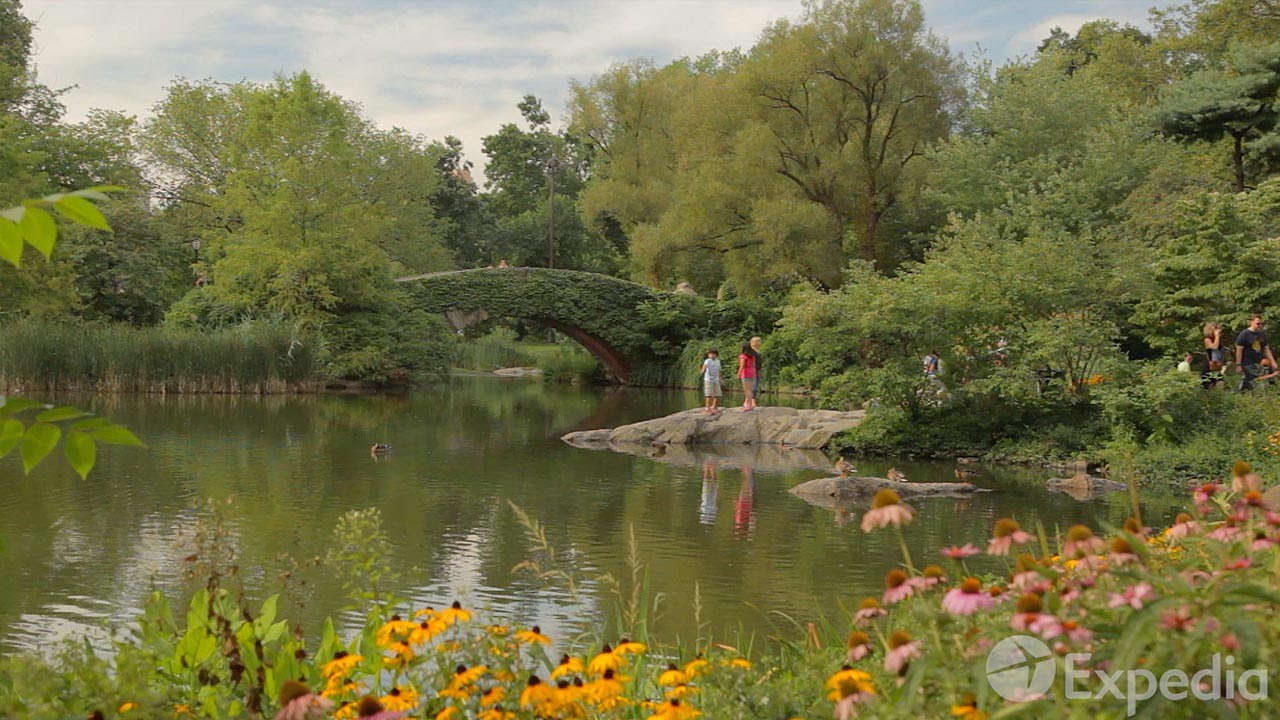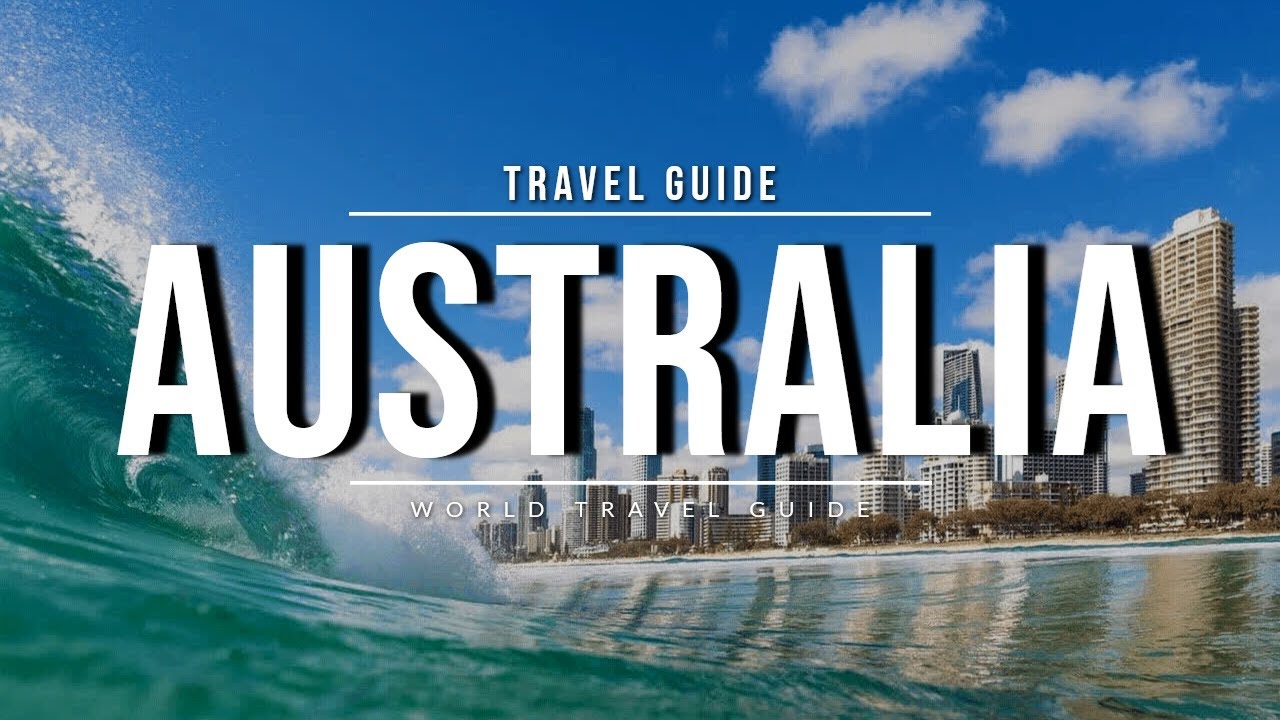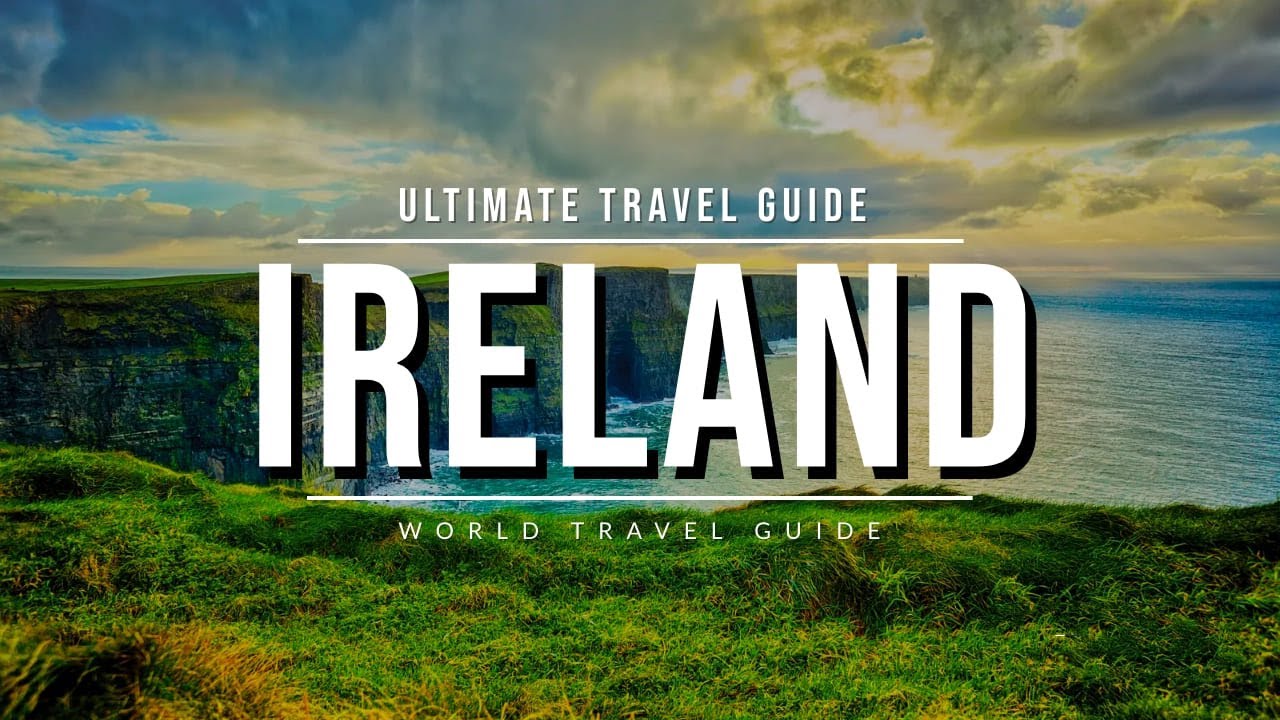First Time in Tunisia: A Fascinating Country!
Why Tunisia is Fascinating:
-
Ancient History on a Grand Scale:
- Carthage: Walk among the ruins of the once-mighty Punic city that famously challenged Rome. While largely destroyed, the sense of history is palpable, and the Roman overlay (baths, villas) is impressive.
- Roman Empires in Africa: Tunisia boasts some of the best-preserved and most impressive Roman ruins outside of Italy. El Jem Amphitheatre rivals the Colosseum in its grandeur, while Dougga is a sprawling, incredibly well-preserved Roman city, a UNESCO World Heritage site that truly transports you back in time.
- Other Ancient Civilizations: Phoenician, Byzantine, and Islamic histories have all left their mark, evident in countless archaeological sites, mosaics, and medinas.
-
Diverse and Dramatic Landscapes:
- Mediterranean Coastline: Stunning sandy beaches, especially around Hammamet, Sousse, and Djerba, perfect for relaxation.
- Saharan Desert: The south of Tunisia is a gateway to the Sahara. Experience vast sand dunes (like the famous Ong Jemel, a Star Wars filming location), dramatic oases (Tozeur, Chebika, Tamerza), and traditional Berber cave dwellings (Matmata).
- Atlas Mountains Foothills: In the north and central regions, you’ll find rolling hills, fertile plains, and charming agricultural areas.
-
Rich Cultural Tapestry:
- Arab and Berber Heritage: The predominant culture is Arab-Muslim, but the strong Berber roots are visible in language, traditions, and particularly in the south.
- Andalusian Influence: After the Reconquista, many Andalusians settled in Tunisia, bringing architectural styles and cultural nuances, especially evident in towns like Testour.
- European Layers: French colonialism has left a legacy in language (French is widely spoken, especially in cities), architecture, and cuisine.
- Warm Hospitality: Tunisians are generally very welcoming and friendly to visitors.
-
Vibrant Souks and Artisanal Crafts:
- Explore bustling traditional markets (souks) in cities like Tunis, Sousse, and Kairouan.
- Find beautiful handcrafted goods: leather products, ceramics, carpets, spices, traditional jewelry, and olive wood carvings. Haggling is expected and part of the experience!
-
Delicious Cuisine:
- Tunisian food is a delightful blend of Mediterranean, North African, and Arab influences. Expect fresh seafood, flavorful stews, copious amounts of olive oil, and a kick of spice (harissa is omnipresent!).
- Must-trys: Couscous (a staple), Brik (a fried pastry with an egg filling), Tagine (more like a frittata in Tunisia), Ojja (scrambled eggs with vegetables and merguez sausage), fresh fish, and pastries like makroudh. And of course, mint tea!
What to Expect on Your First Visit:
- Arrival: Most international flights arrive at Tunis-Carthage International Airport (TUN).
- Currency: Tunisian Dinar (TND). It’s a closed currency, meaning you can only obtain it within Tunisia (at airports, banks, or hotels). You’ll convert unused dinars back at the airport. Credit cards are accepted in larger hotels and shops, but cash is essential for souks, smaller eateries, and rural areas.
- Language: Arabic is the official language. French is very widely spoken and understood, especially in urban and tourist areas. English is less common but increasing, particularly among younger generations in tourist-heavy zones.
- Dress Code: While generally moderate, especially outside major resorts, dressing modestly (shoulders and knees covered for women) is advisable when visiting religious sites or traditional areas. In resorts, beachwear is fine.
- Safety: Tunisia is generally safe for tourists. Like any destination, exercise common sense, be aware of your surroundings, and protect your valuables. Stay informed about any current travel advisories.
- Transportation:
- Intercity: Louages (shared taxis) are a popular and affordable way to travel between towns. Trains connect major cities. Buses are also available.
- Within Cities: Taxis are readily available and usually metered. Negotiate the fare if the meter isn’t used. Ride-sharing apps are gaining traction in some areas.
- Tipping: Tipping is appreciated for good service (taxi drivers, restaurant staff, guides).
- Sun & Heat: Especially in summer (June-August), it can be very hot, particularly in the south. Stay hydrated and use sun protection.
Top Places to Consider for Your First Itinerary:
- Tunis & Carthage: The capital city and its ancient rival. Explore the Medina of Tunis (UNESCO site), Bardo Museum (for amazing Roman mosaics), and the Punic/Roman ruins of Carthage.
- Sidi Bou Said: A stunning blue and white village perched on a cliff overlooking the Mediterranean, near Carthage. Perfect for strolling, photography, and enjoying views.
- El Jem: Home to the magnificent Roman Amphitheatre, one of the largest and best-preserved in the world.
- Kairouan: A UNESCO World Heritage city and a significant Islamic holy city, famous for its Great Mosque and traditional carpets.
- The Sahara Desert (from Tozeur, Douz, or Matmata): Go on a desert safari, visit oases, and see unique desert landscapes and Berber villages.
- Djerba Island: A relaxed island known for its beautiful beaches, unique fortified mosques, and vibrant Jewish heritage.
- Hammamet & Sousse: Popular coastal resort towns offering beautiful beaches, water sports, and vibrant medinas.
Tunisia offers a journey through millennia of history and diverse natural beauty. Prepare to be enchanted by its charm and rich cultural tapestry! Enjoy your first time in this truly fascinating country.

